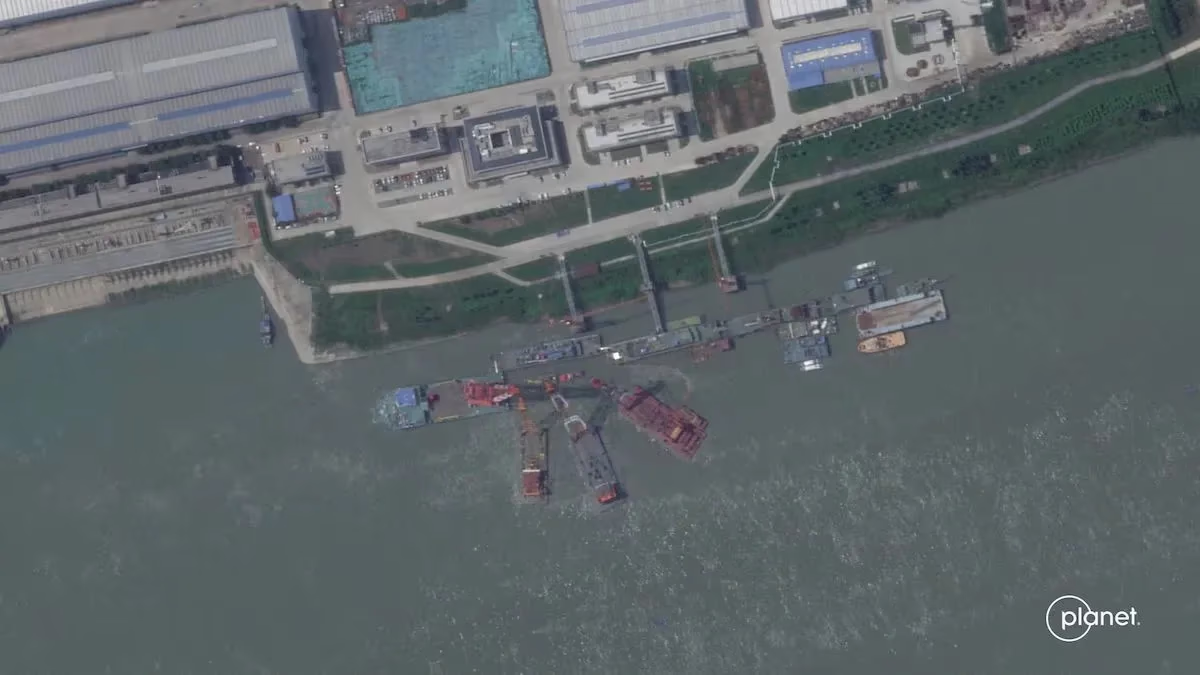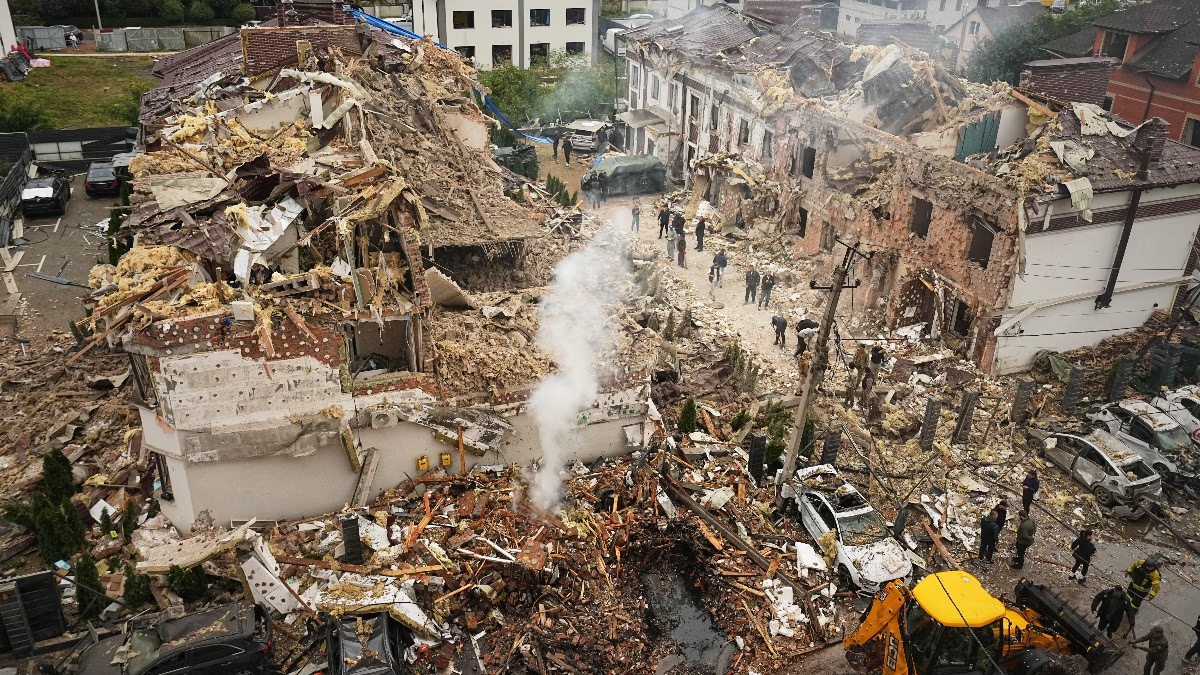A senior US defense official revealed on Thursday that the new nuclear-powered attack submarine China had developed sank earlier this year. The official called this incident an embarrassment for Beijing, which aims to expand its military capabilities. China already boasts the world’s largest navy with over 370 ships and has commenced production of a new generation of nuclear-powered attack submarines.
The senior US defense official, speaking anonymously to Reuters, stated that China's new first-class nuclear-powered attack submarine sank sometime between May and June. A spokesperson from the Chinese embassy in Washington refused to comment on the matter, saying, 'We are unfamiliar with the situation you've described and currently have no information to provide.'
The US official added that the cause of the sinking remains unclear, as well as whether there was nuclear fuel onboard at the time. 'Besides raising questions about training standards and equipment quality, this incident raises serious issues of internal accountability within the PLA and supervision of China's defense industry, long marred by corruption. It’s no surprise that China's navy would try to conceal the loss of their nuclear submarine.' This news was first reported by The Wall Street Journal.

Source: aajtak
Planet Labs' Satellite Images Unveil the Incident
Planet Labs released a series of satellite images taken in June, showing cranes at China's Wuchang Shipyard. The nuclear submarine that sank is believed to have been docked at this shipyard. According to a Pentagon report, as of 2022, China had six nuclear-powered ballistic missile submarines, six nuclear-powered attack submarines, and 48 diesel-powered attack submarines. China aims to increase its submarine fleet to 65 by 2025 and 80 by 2035.
Meanwhile, China announced on Wednesday that it successfully launched an intercontinental ballistic missile into the Pacific Ocean. This test is likely to escalate global concerns about China’s nuclear capabilities. In efforts to stabilize military relations and prevent miscalculation, especially in regional hotspots like the South China Sea, the US and China held their first theater-level commander talks earlier this month.




